One can see the towering buildings of downtown Seoul in the not-too-far distance from atop the hill in Bukchon Hanok Village. However, the hustle bustle of the city seems worlds removed when walking through the charming little streets.
When my South Korean friend suggested visiting the Bukchon Hanok Village, I didn’t expect much. I initially thought we would leave the capital and venture into the South Korean countryside. However, the village isn’t very far from the city. On the way there, he told me that he himself has actually never been there. Living in Busan, he doesn’t come so often to Seoul. I was happy to hear that I wasn’t going to be the only tourist getting lost in the village.
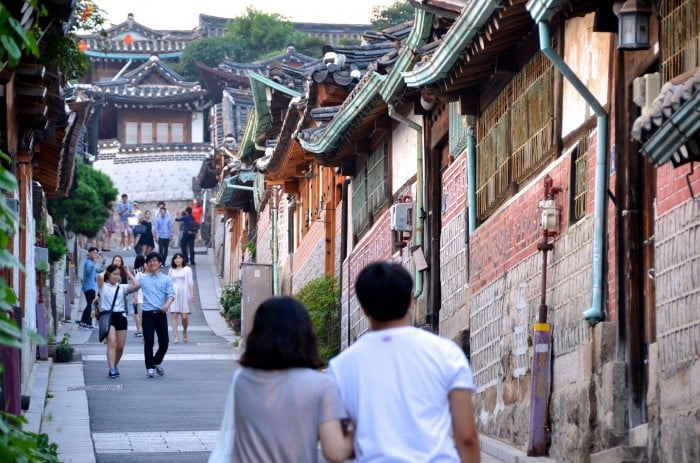 Image credit: Scottgunn
Image credit: Scottgunn
Capturing it all
The size of the Bukchon Hanok Village isn’t immediately evident. In the beginning, you spot only a few traditional houses, but more comes into view soon enough, and you will quickly understand the magnitude of the village’s fame. The entire neighbourhood has been preserved like it was 600 years ago, dating back to the Joseon Dynasty.
Entire alleys full of red brick walls invite themselves as endless photography subjects for my friend, who seems to be capturing every single stone with his gigantic camera. I didn’t mind, as I got time to just take it all in.
As my friend was busy taking pictures, I somehow ended up leading the way through the village. As I didn’t have a map or a single clue about where I was going, we naturally got lost.
Also Read: Solo in Seoul: A Survival Guide
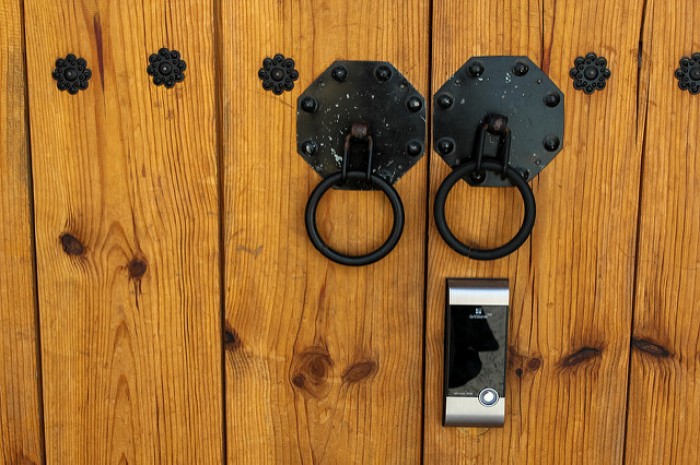 Image credit: Whyyan
Image credit: Whyyan
Life in the village
When strolling through the streets, one can easily forget that people actually live here, which means the presence of occasional cars around the corner. Having had to rescue my friend from getting run over by several cars (as he only looked through his camera), I started to wonder whether tourists like us are a big nuisance to the locals. Although I am sure we were, no one seemed to complain about us.
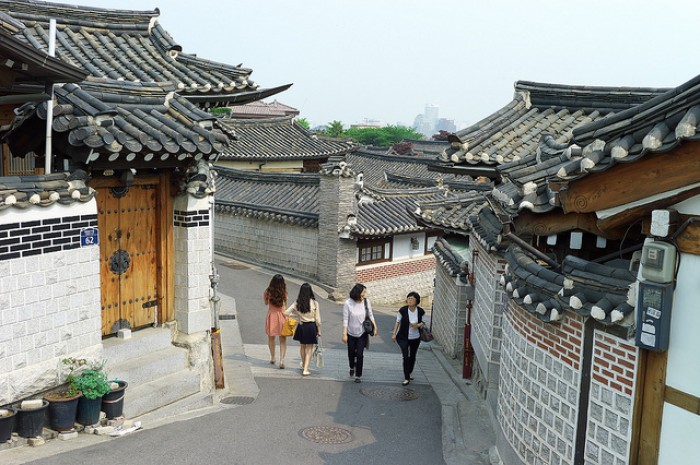 Image credit: Beega Tan
Image credit: Beega Tan
My friend told me that even though those houses seem very old, they all are 100% earthquake-proof. The posts of the houses are not directly stuck into the ground but somehow fitted to the cornerstones, which apparently keeps them safe when the earth starts to shake.
But there is more innovation to these old houses. Unlike many other more modern buildings in the city, the Hanok houses are environmentally-friendly. The philosophy behind them is that they are constructed in symbiosis with their surrounding. An ideal Hanok is apparently built with the back to the mountain, but always facing the rivers. The seasons were also taken into account. As South Korea gets very cold in winter, the houses have under-floor heating called ondol. However, during the hot summers, the wide front porch called daecheong keeps the house cool and kind of air-conditioned.
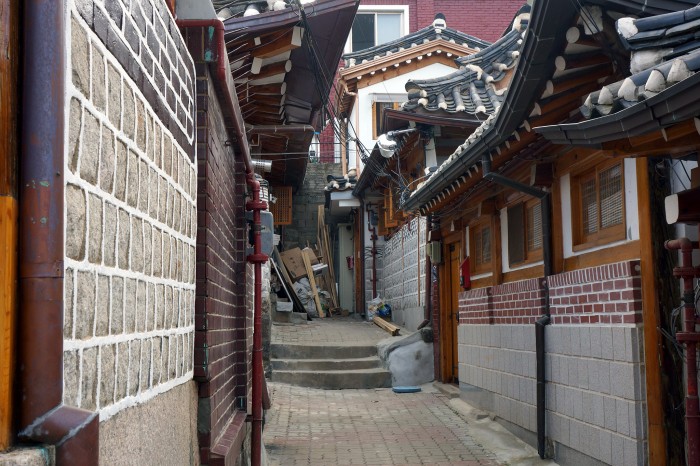 Image credit: Artjouer street art
Image credit: Artjouer street art
Taking it easy
Generally, the entire experience in the Bukchon Hanok Village is very calming and relaxing. Unlike the hectic city, one really gets to let go. As there isn’t a must-see street or just one particular highlight, one is free to roam and explore what there is to explore.
After about one and a half hours of more or less aimless wanders through the village, we found our way into a beautiful and traditional Korean-style café. Smoothies and lattes didn’t exist here. My friend decided we should have some sweets to go with our pot of Korean tea. He ordered some garae tteok, which are long and round rice cakes, as well as the traditional Korean cookies called hangwa.
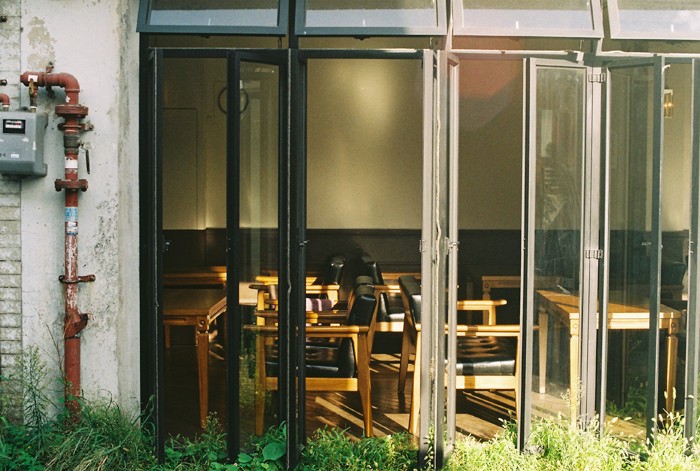 Image credit: Xiu Xiu
Image credit: Xiu Xiu
Although the café also offered modern table/chair setups, we preferred to sit on the floor. If you don’t have problems with your legs, I would advice you to do the same. As the popularity of the Bukchon Hanok Village has risen in the last couple of years, you can find many different kinds of cafes – but luckily, still no multinational café chains. After we had finished resting on the floor, we continued our stroll, discovering several cute, hipstery cafes. The choice is yours.
Should you feel like taking in more culture, you can also visit the Gyeongbokgung Place, the Changdeokgung Palace, and the Jongmyo shrine. All of them are in very close proximity to the village. You can easily turn your excursion to the Bukchon Hanok Village into a relaxing ful-day trip.
Also Read: 24 Fun Things to Do in Seoul on Your Very First Visit




